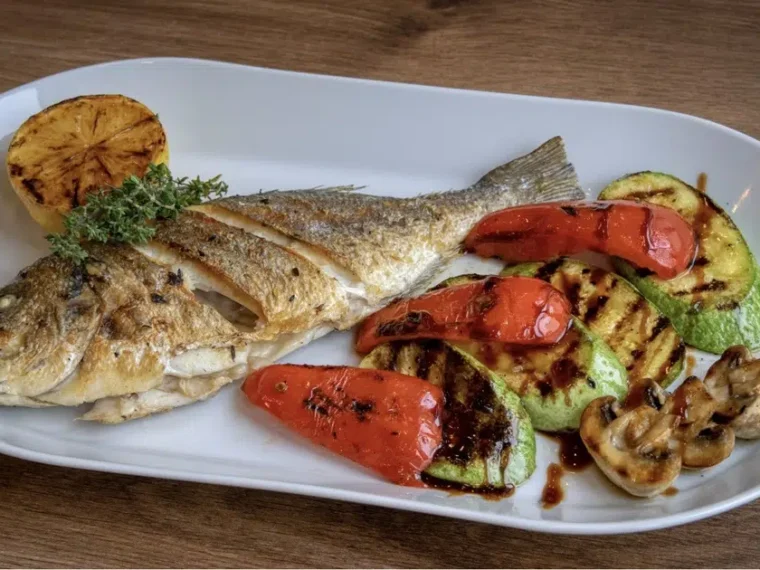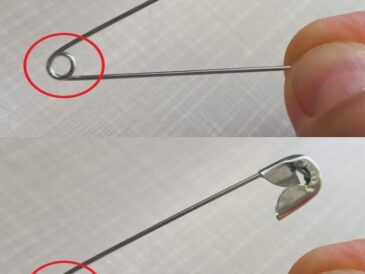Also labeled as swai or basa, this inexpensive fish is farmed in overcrowded ponds and often treated with chemicals that raise food safety concerns.
💡 Why skip it: Questionable farming standards, low nutritional value.
✅ Better choice: Choose domestically farmed catfish that meet strict health and environmental guidelines.
6️⃣ Yellowfin Tuna – A Mercury Menace
Yellowfin tuna is delicious but larger predator fish tend to accumulate high mercury levels, which can be harmful over time, particularly for pregnant women and children.
💡 Why skip it: Mercury exposure can affect brain development and overall health.
✅ Better choice: Go for skipjack tuna or light canned tuna, which are lower in mercury and fit well into a healthy diet.
7️⃣ Swordfish – Packed With Mercury
Swordfish is prized for its firm texture, but it’s another top predator that accumulates significant mercury.
💡 Why skip it: Regular consumption may harm long‑term health and increase toxin exposure.
✅ Better choice: Try mahi-mahi or grouper—both have excellent flavor and lower mercury content.
8️⃣ Red Snapper – Often Misrepresented
While tasty, red snapper is frequently mislabeled in restaurants, and genuine stocks are often overfished.
💡 Why skip it: Risk of mislabeling, unsustainable sourcing.
✅ Better choice: Opt for Pacific rockfish or vermilion snapper with verified sustainable certifications for better food safety and environmental responsibility.
9️⃣ Chilean Sea Bass – Luxury With a Hidden Cost
Known for its buttery texture, Chilean sea bass often comes from unregulated fisheries. Mislabeling is common, and many populations are overexploited.
💡 Why skip it: Contributes to ecological damage, uncertain sourcing.
✅ Better choice: Try black cod (sablefish) or Patagonian toothfish certified by sustainability programs, giving you peace of mind along with superb nutritional value.
🔟 Imported Shrimp – A Murky Supply Chain
Not technically a fish, but worth mentioning: imported shrimp often comes from farms with unethical labor practices and heavy chemical use.
💡 Why skip it: Contamination risks, poor oversight, environmental impact.
✅ Better choice: Choose U.S.‑caught wild shrimp or shrimp with eco‑certifications that support both your healthy lifestyle and sustainable ecosystems.
🌱 Final Thoughts
When you sit down at a restaurant and scan the seafood menu, you’re not just making a meal choice—you’re making a decision that affects your health, your diet quality, and even the future of our oceans.
By avoiding these ten seafood items and choosing sustainable seafood alternatives rich in omega‑3 fatty acids, you support both personal wellness and environmental sustainability. That’s a win for your taste buds, your body, and the planet.
Next time you order seafood, think about the bigger picture: a meal that’s delicious, nutrient‑dense, and truly guilt‑free. 🌊🍋





